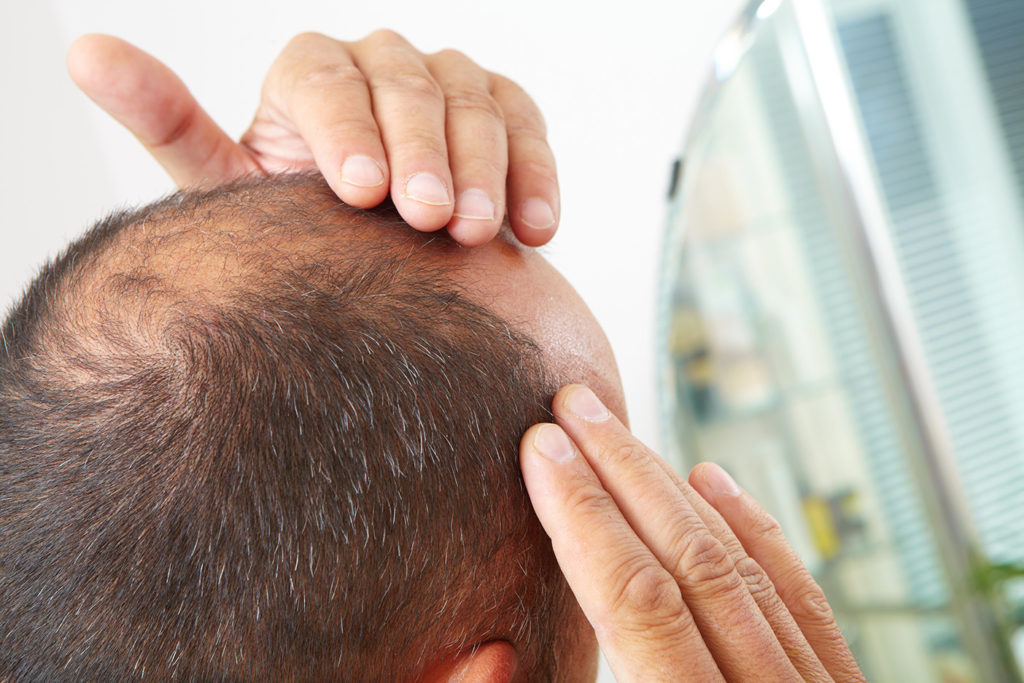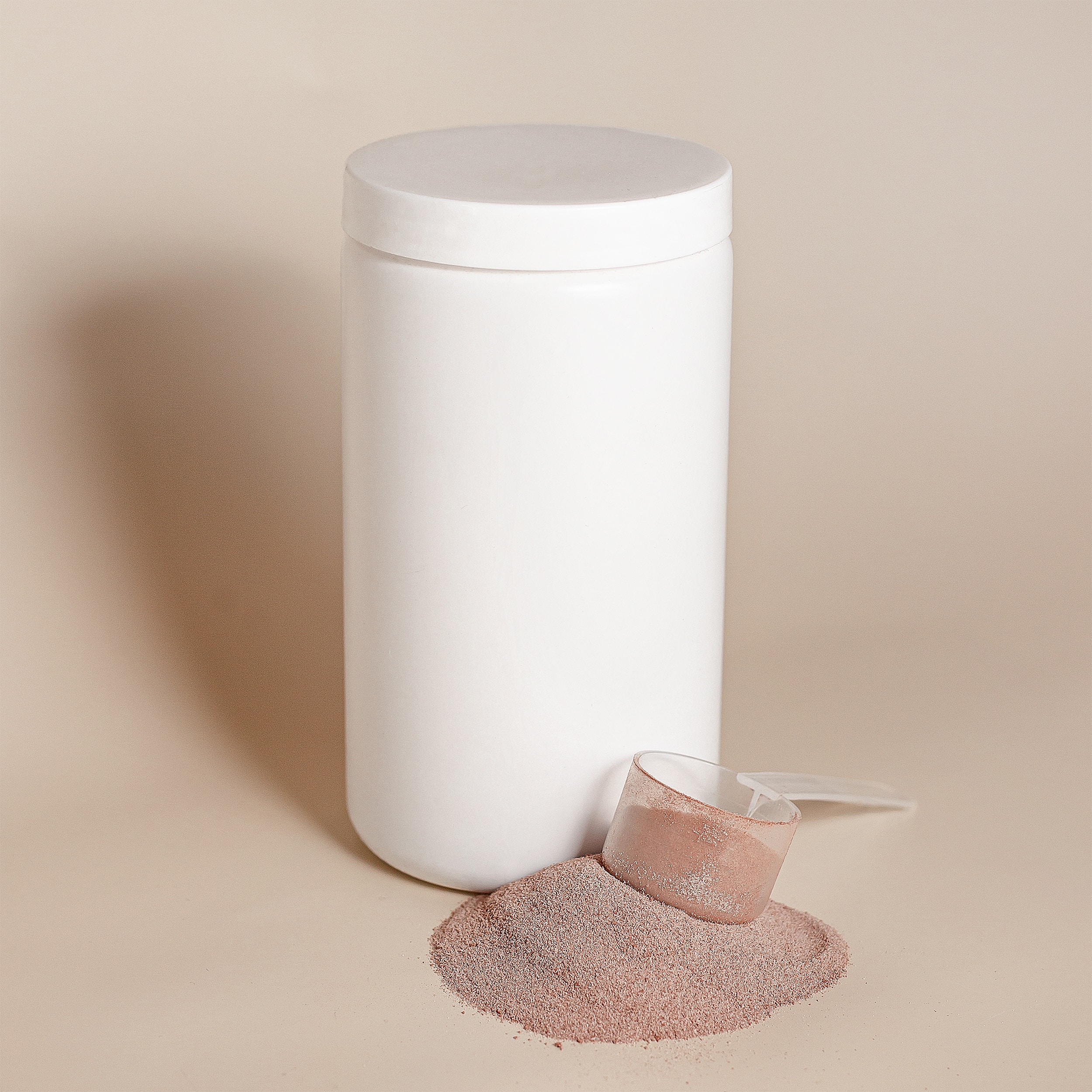
Understanding androgenetic alopecia
24th April 2019
By the age of 50, over half of men will have experienced hair loss due to pattern baldness. It’s not just men who are affected, either – by the age of 65, around 50 per cent of women will also notice some hair loss as a result of pattern baldness. Also known as androgenetic alopecia, it’s one of the most common causes of hair loss, and the reason that many people visit our clinic.
The cause of androgenetic alopecia is both genetic, and hormonal. Hair grows from hair follicles, where it grows for between two to four years in adults, before entering a resting stage of the hair cycle and eventually falling out – and then the process starts again. Pattern baldness is caused by a hormone called dihydrotestosterone (DHT), which affects the hair follicles, causing them to produce hairs that are smaller in diameter, shorter and lighter in colour. Eventually, the follicles shrink and stop producing hair altogether.
Although you’re not guaranteed to go bald if you have a parent that suffered from pattern baldness, it does mean that you are genetically more susceptible to it. There’s no single ‘baldness gene’, so to speak – there are around 200 different genes that regulate the growth of hair, so any combination of these genes could be a contributing factor.
When androgenetic alopecia starts in men, it tends to present initially as a receding hairline and thinning around the temples. In women, it usually starts around the crown of the scalp. As it tends to be very slow to progress, it might not be noticeable in the early stages. However, when hair loss is spotted, it can be incredibly distressing.
Unfortunately, currently there is no cure for androgenetic alopecia, but that doesn’t mean that all hope is lost if you start to notice bald patches. Once it has been established as the cause of hair loss, there are ways to manage the condition. Topical minoxidil treatments such as Regaine can slow down the progression of hair loss and aid regrowth, whilst medications such as Propecia can effectively strengthen hair and prevent further loss. If you’re looking for a more long term solution, hair transplants can be highly effective for pattern baldness sufferers, and can be used in conjunction with non-surgical treatments. If you’d like to find out more about how we can help you, book in for a free consultation.


